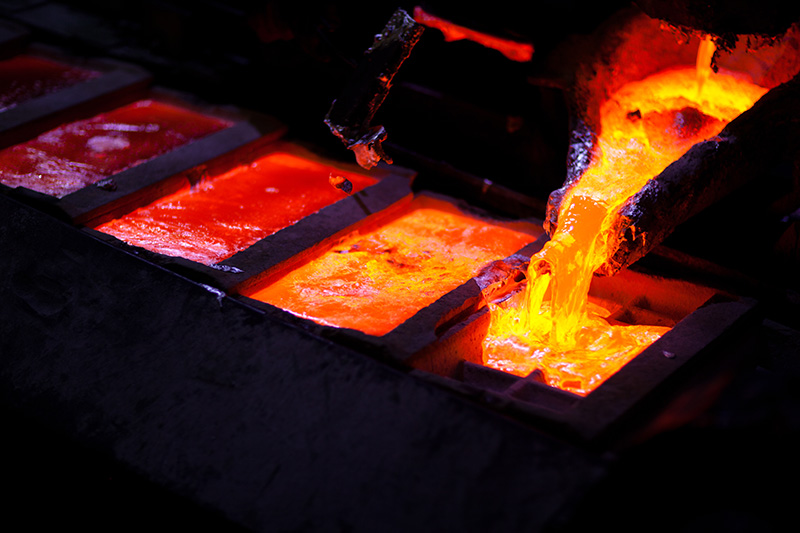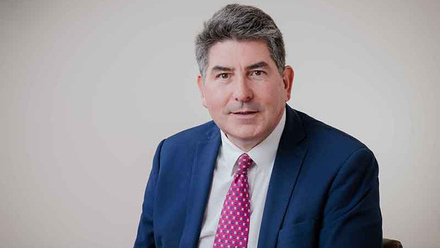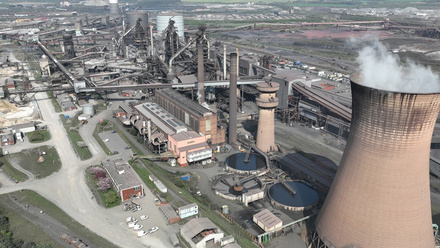Paving the way for stronger alloys
Understanding how microscopic crystals grow and change in cooling molten metals could strengthen alloys

Scientists from the University of Birmingham, UK, have used high-speed synchrotron X-ray tomography to ‘photograph’ the changing crystal structures in molten alloys.
The study shows that as an aluminium-copper alloy cools, solidification starts with the formation of faceted dendrites, which are formed through a layer-by-layer stacking of basic units that are just micrometres in size.
These units start out as L shaped and stack on top of each other like building blocks, but as they cool they transform into a U shape and finally a hollowed-out cube, while some of them join together to form dendrites.
'We have shown that from basic units are elongated rods whose cross-section are L, U or hollow-rectangular shapes. There is a clear transition from L pattern to U and finally to hollow-rectangular shaped morphology,' says Dr Biao Cai, Lecturer in Metallurgy and Materials at the University.
'The most important finding is that the faceted dendrites are formed via self-repeated layer-by-layer stacking of the basic units, like walls are built by repeatedly stacking bricks.
'The results are in direct contrast with the classical view of dendrite formation in cooling alloys and open the door to developing new approaches that can predict and control the formation of intermetallic crystals.'
He says they have demonstrated that an applied static magnetic field can promote fluid flows to change the temperature gradients while the sample is rotating.
'The morphology of faceted Al2Cu was directly influenced by the temperature profile in the sample. By altering the temperature profile, it will be able to control the morphologies of the crystals or eliminate some undesired morphologies such as large dendrites.'
To identify this, Cai says they 'have developed a bespoke temperature gradient stage to control the melting and solidification of the aluminium-copper alloys. The stage can
be coupled with high-speed synchrotron tomography to capture the changing structure during cooling'. The experiment was performed at the UK’s beamline I12, Diamond Light Source.
Cai continues, 'These fast-moving electrons [of the synchrotron] produce very bright light. This very intense light, predominantly in the X-ray region, is 10 billion times brighter than the sun.
'X-ray tomography works like CT scanners in hospital, recording 3D visualisation of the materials. High-speed X-ray tomography at synchrotron sources allows us to capture the tomograms every few seconds, obtaining time-resolved 3D visualisation of an evolving sample.'
Cai adds, 'The findings from this new study provide a real insight into what happens at a micro level when an alloy cools, and show the shape of the basic building blocks of crystals in molten alloys. Crystal shape determines the strength of the final alloy, and if we can make alloys with finer crystals, we can make stronger alloys.'
The researchers have focused on aluminium-copper alloys but are now working on crystal growth in aluminium-nickel alloys.
Also see Materials World, October 2020, for an article on research by the same team on removing iron from molten aluminium to enhance recycling at bit.ly/3PISwzg







